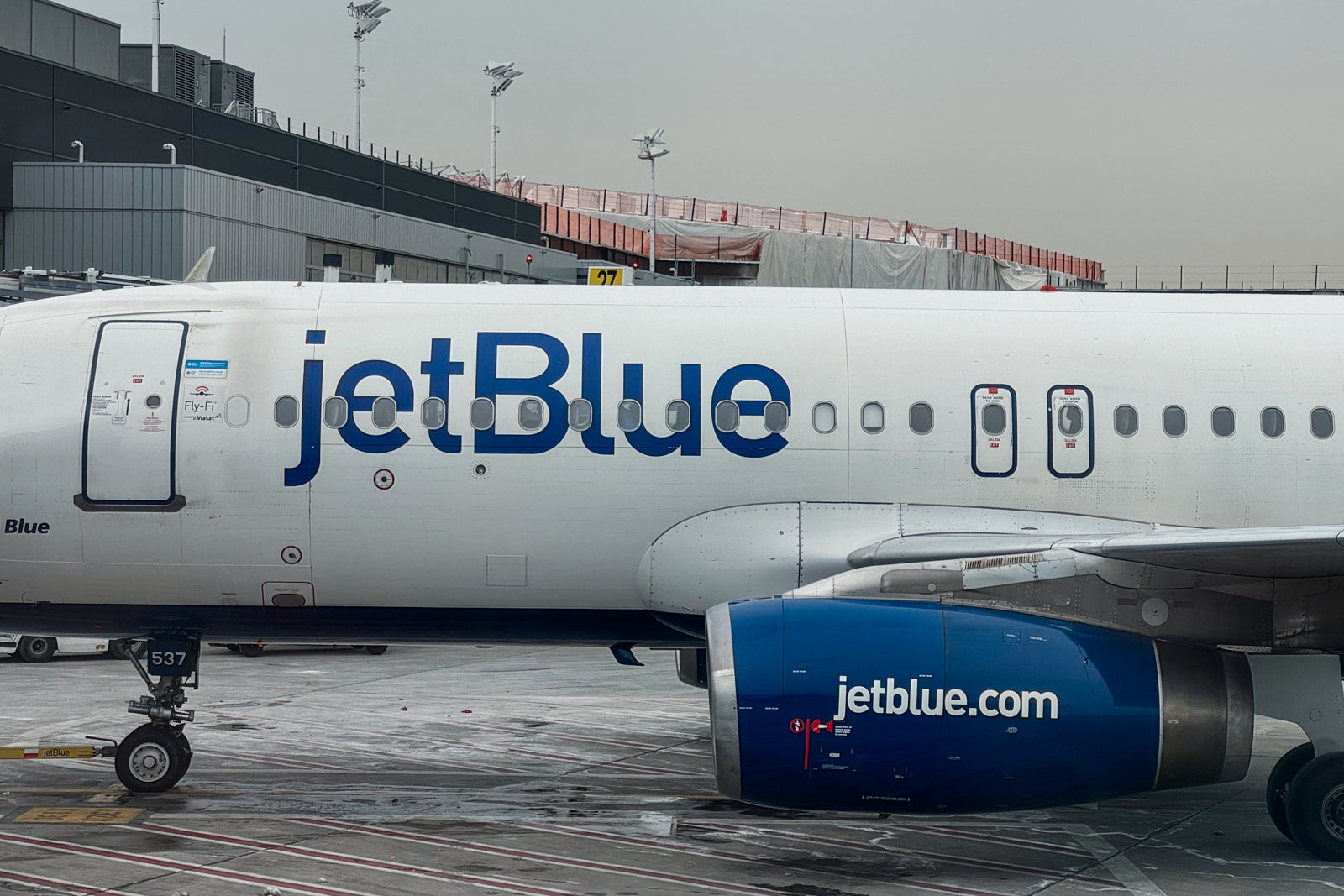In a strategic move to curb losses, JetBlue is set to slash its route network and temporarily park planes as part of a broader effort to manage expenses amidst ongoing economic uncertainty. Joanna Geraghty, JetBlue’s CEO, shared this information with employees in a memo on Tuesday, which was reviewed by TPG. In her communication, she emphasized the need “to rein in spending and preserve cash.”
“We’re hopeful demand and bookings will rebound, but even a recovery won’t fully offset the ground we’ve lost this year, and our path back to profitability will take longer than we’d hoped,” Geraghty stated.
The memo was first covered by CNBC. JetBlue, in line with many U.S. airlines, has experienced a decline in travel demand since January, particularly in domestic leisure travel, while premium and international travel have remained more stable. Despite some improvements in bookings during March and April, Geraghty’s memo indicates that they have not yet reached the levels seen earlier in the year.
To adapt to these challenges, JetBlue will “wind down underperforming routes and shift flying to places with profit potential,” according to Geraghty. Since launching its JetForward turnaround initiative last year, JetBlue has exited 15 cities and discontinued over 50 routes, affecting major locations such as Baltimore/Washington International Thurgood Marshall Airport (BWI), El Dorado International Airport (BOG) in Bogota, and Charlotte Douglas International Airport (CLT).
Details on future route cuts remain ambiguous, but Geraghty mentioned that further updates would be provided in the coming weeks. “While it’s always disappointing to end service, it opens the door for us to find new routes to fly,” she added.
This summer, JetBlue introduced four new destinations: Norfolk International Airport (ORF) in Virginia, Ramón Villeda Morales International Airport (SAP) near San Pedro Sula in Honduras, Cherry Capital Airport (TVC) in Traverse City, Michigan, and Wilmington International Airport (ILM) in North Carolina. However, plans to include Halifax Stanfield International Airport (YHZ) in Nova Scotia were scrapped in May, as reported by aviation analytics firm Cirium.
In addition to route modifications, JetBlue will reduce flights on low-demand days, especially on Tuesdays and Wednesdays, and curtail the number of daily flights on routes with multiple options. Originally, the airline planned to maintain its capacity at 2025 levels, but this forecast has not been reaffirmed.
Alongside the network adjustments, JetBlue will park four older Airbus A320s by the end of summer that were slated for retrofits.
On a brighter note, JetBlue remains committed to enhancing its premium services. The airline is on track to open its first airport lounge by year-end, with plans for a domestic first-class offering set for 2026, as Geraghty noted. These initiatives, along with JetBlue’s new “Blue Sky” partnership with United Airlines, are integral to the JetForward program aimed at strengthening revenue and improving the financial health of the airline.
Although the full financial advantages of the Blue Sky partnership have yet to be seen, this unique agreement emphasizes loyalty program benefits rather than the traditional codeshare arrangement. As a result, United will regain access to slots at New York’s John F. Kennedy International Airport (JFK) from JetBlue, while JetBlue will provide TrueBlue loyalty members with enhanced point redemption opportunities globally.

